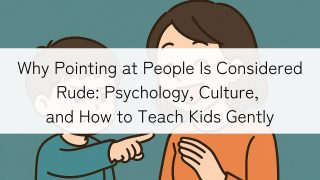Introduction
Hi there!
In this post, I explored the traditional Japanese diet—especially the eating habits of hikyakus (traditional couriers) and farmers from the Edo period—looking for inspiration to improve my own modern lifestyle.
Questions like:
“How did people stay energized without eating much meat?”
“Can I find a more natural way to fuel my body?”
led me down this fascinating path of discovery. The more I learned, the more I realized how much wisdom is hidden in the simplicity of the past.
Who Were the Hikyakus?
Hikyaku (飛脚) were couriers in the Edo period (1603–1868), delivering letters and packages across Japan—sometimes running from Edo (Tokyo) to Osaka in just 3 to 8 days.
What Did They Do?
- Covered long distances (over 500 km) by running in relays
- Switched runners at relay stations every 8–12 km
- Worked under high physical and time pressure, often collaborating in teams of 50–100 runners
They were, in a sense, the human equivalent of high-speed postal services—and needed tremendous stamina.
What Did They Eat?
Despite such demanding work, their diet was surprisingly simple and energy-focused:
- Staples: dried rice (hoshii), roasted rice, rice balls
- Side dishes: miso, pickled vegetables, dried fish, umeboshi (salted plums)
- Drinks: water, tea (bancha)
Their meals were rich in carbohydrates, offering quick energy.
However, they were low in protein, and this imbalance meant many hikyakus suffered from health issues or could only continue working for a short period.
Did They Eat Meat or Eggs?
Not entirely.
Due to Buddhist influence, eating meat—especially four-legged animals—was culturally frowned upon. But:
- Birds and fish were often exceptions
- Meat was eaten secretly or under alternate names (e.g. “sakura” for horse, “momiji” for deer)
- Eggs were rare and expensive, used mostly for the sick or wealthy as a nutritious remedy
This shows that even back then, eggs were respected for their nutritional value.
What I Learned and How I’ll Change My Diet
Through this research, I realized:
It’s not about eliminating meat or eggs,
but about understanding what suits your body best
and honoring food as a tool for health and balance.
So here’s how I plan to adjust my eating habits:
My New Eating Principles
- Focus on a vegetable- and grain-based diet
- Eat eggs regularly as a well-balanced nutritional source
- Limit meat intake to small amounts of lean meat only when necessary
- Make fish the main source of animal protein
- Incorporate fermented foods like miso, natto, and pickles daily
- Stay flexible and mindful, adjusting based on how my body feels
Blending Ancient Wisdom with Modern Choices
The traditional Japanese diet, as seen through the lives of hikyakus and farmers, may seem plain—but it’s packed with practical wisdom.
In a time when we have endless options, sometimes looking back helps us choose better.
Final Thoughts
Food is more than nutrition—it’s a way to care for your body and spirit.
Each meal is a chance to support your well-being.
Everyone’s body is different.
I hope this post offers some inspiration for finding a diet that truly works for you.
Related Posts:
- “The Wisdom of Washoku”
- “How to Add Plant-Based Proteins into a Modern Diet”
- “Modern Shojin Ryori: Simple Buddhist-Inspired Meals”

